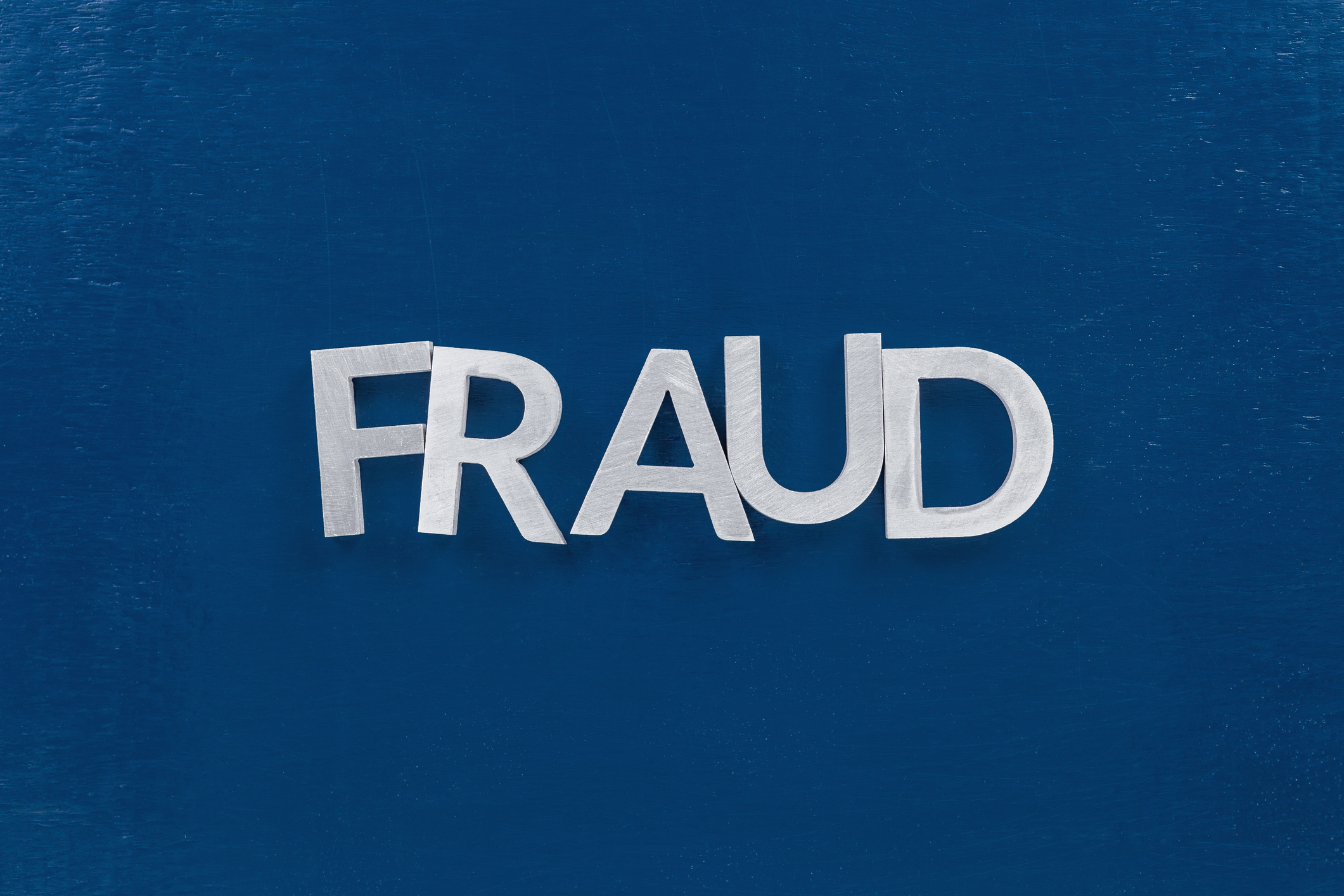Putting IRA Withdrawals Back Into Your Account
The IRS recently extended the period during which you can put 2009 distributions back into an IRA without tax consequences.

I know that required minimum distributions from IRAs have been suspended for 2009, but I had automatically received my regular IRA payments in a lump sum at the beginning of the year. Can I put the money back into the account so I can avoid paying taxes on it? And what do I need to do about my 2010 withdrawals?
Yes, you can put at least some of the money back into the account if you act quickly. And that could be a good idea if you don’t need the money now and want to avoid paying taxes on the distribution this year.
The IRS recently extended the period during which you can put 2009 distributions back into an IRA without tax consequences. Originally, you had only 60 days after receiving the money to put it back into the account. But now you have until November 30 or 60 days from the time you withdraw the money, whichever is later, to return 2009 money to the account.

Sign up for Kiplinger’s Free E-Newsletters
Profit and prosper with the best of expert advice on investing, taxes, retirement, personal finance and more - straight to your e-mail.
Profit and prosper with the best of expert advice - straight to your e-mail.
To make it easy to keep track of the time limit, brokerage firm Fidelity is telling customers that if they took RMDs from January 1 to October 1, 2009, they will have until November 30 to roll the money back in. But if they took the withdrawals from October 2 to December 31, they have 60 days to return the distribution.
There is a catch: You are allowed to put one IRA withdrawal back into the account within 365 days. So if you received regular distributions every month, for example, then you can put only one of the withdrawals back in. If you received the money in a lump sum, however, then you can put it all back into the account.
If you had any taxes withheld from the distribution, then you’ll need to put that money back into the account, too; otherwise the amount withheld will be considered a distribution and will be taxed as ordinary income.
For more information about the rules for putting IRA withdrawals back into your account, see the IRS Notice about the new guidance. For more about 2009 RMDs in general, see Who Has to Take an IRA Distribution in ’09 and Wise Moves for a Year With No RMDs. Also see A Break in ’09 for Withdrawals From Inherited IRAs for special rules about putting the money back into an inherited IRA.
Another option: Because you aren’t required to withdraw the money this year, you may want to roll some of it into a Roth IRA. You’ll have to pay taxes when you make the switch, but you can take tax-free withdrawals after five years, you never have to take required minimum distributions, and you can create a tax-free inheritance for your heirs. You don’t need earned income to convert a traditional IRA to a Roth; your adjusted gross income just needs to be less than $100,000 in 2009. That income limit for conversions disappears in 2010. See The New Roth Rollover Rules Explained for more information about rolling over a traditional IRA to a Roth, including details about how to figure out the tax bill.
And you can still make a tax-free rollover from an IRA to a charity in 2009, too. See Making Charitable Contributions From an IRA for details.
Required minimum distributions will resume in 2010, so this is a key time to think about next year’s withdrawals. If you’d like to receive regular payments throughout the year, it’s important to let your IRA administrator know. Depending on how you stopped them for 2009, you may need to fill out new paperwork.
At Vanguard, for example, if you originally signed up for automatic RMDs but had the service suspended for 2009, you should have been offered the option to reestablish the automatic RMDs for 2010. Vanguard will send a RMD statement in January with the details. If you removed the RMD service entirely, you’ll need to sign up again to schedule your 2010 distributions.
Get Kiplinger Today newsletter — free
Profit and prosper with the best of Kiplinger's advice on investing, taxes, retirement, personal finance and much more. Delivered daily. Enter your email in the box and click Sign Me Up.

As the "Ask Kim" columnist for Kiplinger's Personal Finance, Lankford receives hundreds of personal finance questions from readers every month. She is the author of Rescue Your Financial Life (McGraw-Hill, 2003), The Insurance Maze: How You Can Save Money on Insurance -- and Still Get the Coverage You Need (Kaplan, 2006), Kiplinger's Ask Kim for Money Smart Solutions (Kaplan, 2007) and The Kiplinger/BBB Personal Finance Guide for Military Families. She is frequently featured as a financial expert on television and radio, including NBC's Today Show, CNN, CNBC and National Public Radio.
-
 6 Stunning Waterfront Homes for Sale Around the US
6 Stunning Waterfront Homes for Sale Around the USFrom private peninsulas to lakes, bayous and beyond, Kiplinger's "Listed" series brings you another selection of dream homes for sale on the waterfront.
By Charlotte Gorbold Published
-
 Six Reasons to Disinherit Someone and How to Do It
Six Reasons to Disinherit Someone and How to Do ItWhether you're navigating a second marriage, dealing with an estranged relative or leaving your assets to charity, there are reasons to disinherit someone. Here's how.
By Donna LeValley Published
-
 U.S. Treasury to Eliminate Paper Checks: What It Means for Tax Refunds, Social Security
U.S. Treasury to Eliminate Paper Checks: What It Means for Tax Refunds, Social SecurityTreasury President Trump signed an executive order forcing the federal government to phase out paper check disbursements by the fall.
By Gabriella Cruz-Martínez Published
-
 Key 2025 IRS Updates: What You Need to Know
Key 2025 IRS Updates: What You Need to KnowFrom IRA contributions to Social Security COLAs and the standard deduction, several changes are headed our way. Get ready to make the most of them.
By Andrew Rosen, CFP®, CEP Published
-
 2025 Family Tax Credits: Four IRS Changes That Can Save You Money
2025 Family Tax Credits: Four IRS Changes That Can Save You MoneyFamily Tax Credits Explore the new IRS-adjusted amounts for popular family tax credits.
By Gabriella Cruz-Martínez Last updated
-
 The Big CPA Shortage Problem in Accounting: What it Means for Your Tax Return
The Big CPA Shortage Problem in Accounting: What it Means for Your Tax ReturnCareer This once resilient accounting industry is cracking, as the labor force seems in dire straits. It’s also affecting the IRS.
By Gabriella Cruz-Martínez Last updated
-
 IRS: How to Get a 401(k) Match for Your Student Loan Payment
IRS: How to Get a 401(k) Match for Your Student Loan PaymentSavings Those with 401(k), 403(b), and other savings plans might get relief through their employer-provided retirement account.
By Kate Schubel Published
-
 IRS Ends Inherited IRA Confusion: Annual RMDs Required for Many
IRS Ends Inherited IRA Confusion: Annual RMDs Required for ManyIRAs The agency has resolved a major point of uncertainty for inherited IRA beneficiaries.
By Kelley R. Taylor Last updated
-
 Three Reasons It May Look Like You Love the IRS More Than Your Family
Three Reasons It May Look Like You Love the IRS More Than Your FamilyConsider these strategies to avoid overpaying taxes on your hard-earned money. Your family will thank you for it. (And you’ll thank yourself.)
By Scott Phillips, RIA, LUTCF Published
-
 Retirees Face Significant Tax Bills Due to Fraud
Retirees Face Significant Tax Bills Due to FraudFraud A new report sheds light on how older adult scam victims end up with big tax bills and lost retirement savings.
By Kelley R. Taylor Last updated